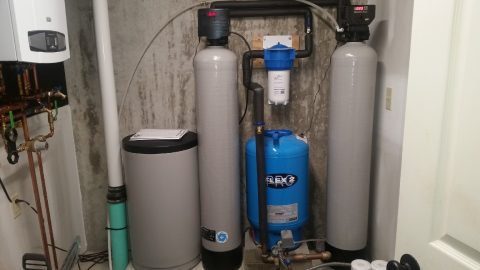Clearwater Well Drilling is a full service water company specializing in water wells and pump systems. We also do everything from “out of water” calls to water testing and filtration.
The owner, Carl Levesque, along with his skilled team has been in the water industry for over 30 years. This experience has given them the knowledge and ability needed to tackle any water problem.
Over the past several years, Clearwater Well Drilling has become the go to company for many consumers and contractors. They know they can rest assured that their customers will be well taken care of on any water well, pump or filtration needs.
At Clearwater Well Drilling we not only pride ourselves in customer service, but customer satisfaction as well. When we leave we want you to be happy and know that the job was done right.
Many people don’t realize the importance of water until they wake up one morning and they don’t have any! Immediately they begin to wonder who do I call? Figuring this out can be a time consuming and scary task. Don’t let this happen to you!
Let Clearwater Well Drilling be on standby for you. Rest assured and know that you can count on us anytime when something goes wrong with your water.
Just call: (207) 938-4101!



